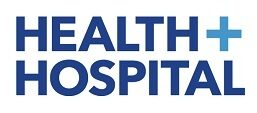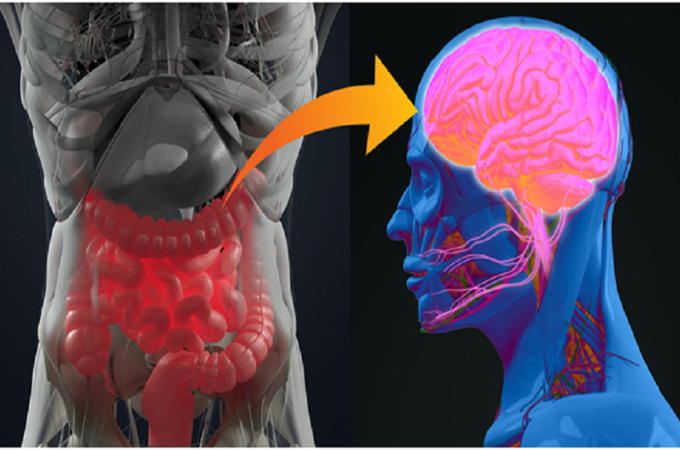
The Heartbeat of Healing: Why Physician-Patient Communication Matters
Imagine this: you walk into a doctor’s office, feeling vulnerable and uncertain. You have questions, anxieties, and hopes swirling in your mind. Then, you meet your physician. What happens next can profoundly impact your health journey.
That’s the power of physician-patient communication. It’s not just about exchanging information; it’s about building trust, understanding, and collaboration. It’s the cornerstone of effective healthcare, where two individuals embark on a shared quest for healing.
But why is it so crucial? Here’s why:
- Accurate Diagnosis and Treatment: Clear communication allows physicians to gather a comprehensive picture of your health concerns. Through active listening and open dialogue, they can better understand your symptoms, medical history, and lifestyle, leading to more accurate diagnoses and effective treatment plans.
- Improved Adherence: A well-informed patient is an empowered patient. When you understand your diagnosis, treatment options, and potential side effects, you’re more likely to adhere to the treatment plan, leading to better health outcomes.
- Reduced Anxiety and Stress: Uncertainty breeds fear. Open communication eases anxieties by addressing your concerns and providing honest explanations. This fosters a sense of trust and security, reducing stress and promoting emotional well-being.
- Shared Decision-Making: Healthcare is no longer a one-way street. Effective communication empowers patients to participate in treatment decisions. Your physician can present options, explain risks and benefits, and respect your preferences, leading to a collaborative approach to your health.
- Building Trust and Rapport: A warm and empathetic doctor-patient relationship can make a world of difference. When you feel heard, respected, and cared for, it fosters trust and a sense of comfort, enhancing the therapeutic process.
So, how can we foster better communication?
- Be Open and Honest: Share your symptoms, concerns, and questions openly. Don’t be afraid to ask for clarification or express your preferences.
- Come Prepared: Gather information about your medical history, current medications, and any questions you might have beforehand.
- Active Listening: Pay attention to your doctor’s explanations and ask clarifying questions if needed. Don’t hesitate to express any doubts or concerns.
- Respectful Communication: Maintain a respectful and polite tone, even if you disagree with your doctor. Open communication should flow both ways.
Remember, communication is a two-way street. Both doctors and patients have a responsibility to contribute to a positive and productive exchange. By working together, we can create a healthcare environment where communication thrives, paving the way for better health outcomes and a more empowered patient experience.
Let’s make physician-patient communication the heartbeat of healing. Let’s listen, share, and collaborate, because in the symphony of healthcare, clear communication is the conductor that leads us all towards a healthier future. Take look at the infographic below to learn more.

Infographic provided by Endicott Call Center, a medical answering service company





